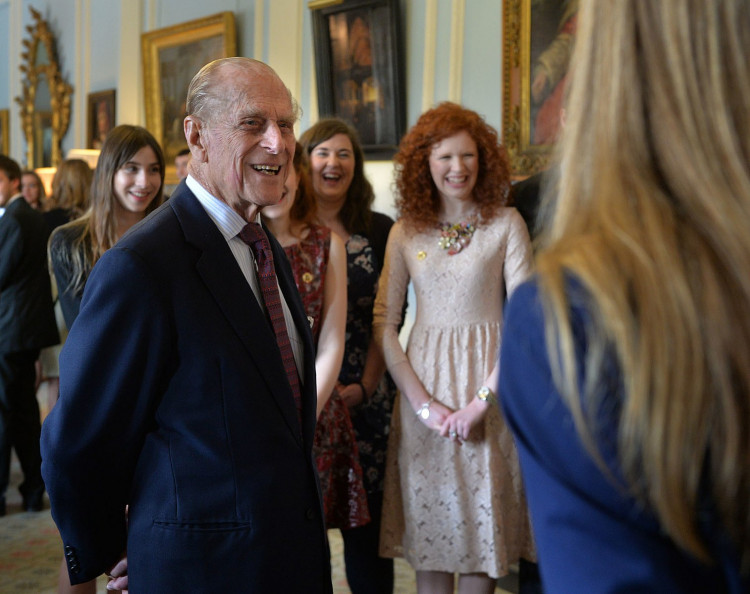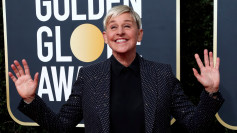Had Prince Philip had his way, the House of Windsor, the reigning ruler of the British monarchy of which Queen Elizabeth descended from, was supposed to be known as the House of Mountbatten. Queen Elizabeth's husband fought to put his family name in the royal house in the early years of their marriage.
However, even his powerful wife could not sway the government to give in to what he wanted. Instead, politicians voted to retain the House of Windsor name. Later on, the name Mountbatten-Windsor was approved to be used as the personal surnames of the male descendants of Prince Philip and Queen Elizabeth.
Prince Philip was reportedly "livid" over the blocking of his name from the royal house, which was depicted in the series "The Crown" on Netflix. Historian Hugo Vickers, however, told Daily Express that his fury over the government preventing him from putting his name was justified.
Allegedly, politicians and senior royal members of the family opposed the name Mountbatten after hearing Prince Philip boasting about the fact that "House of Mountbatten now reigns in Britain." Vickers, however, said that he had reasons to fight for his name as there was a historical precedent.
When Queen Elizabeth's great, great grandmother Queen Victoria became the Queen of England after the death of King William IV -- the brother of and successor to Victoria's grandfather, George III, her father and uncles had no other surviving legitimate issue. She adopted the family name of her husband, Prince Albert of Saxe-Coburg and Gotha, when they married in the 1840s.
Queen Victoria became the last known monarch of the House of Hanover because her issues would carry the House of Saxe Coburg and Gotha following her marriage. House of Windsor came to be after Queen Elizabeth II's father King George VI, Queen Victoria's grandson, decided to change the family name to Windsor because of the strong anti-German sentiment in the early 1900s.
The family name controversy would crop up again in the 1960s when Prince Andrew was born. In legal papers, the royals would actually use Mountbatten-Windsor, such as when Prince Andrew and Princess Anne signed their marriage registry. Prince William, the Duke of Cambridge, also signed a legal document bearing Mountbatten-Windsor as his name when he filed a lawsuit against a French news outlet.
Of the royal grandchildren, it was Prince Edward's daughter, Lady Louise, who was first to officially use the personal family name but she uses Windsor as her courtesy title. When Prince Harry and Meghan Markle's son was born this May, the Sussex couple decided he would bear the official name Archie Harrison Mountbatten-Windsor. He has no courtesy title just yet but his parents said he might be called Master Archie Mountbatten-Windsor when he is older.






